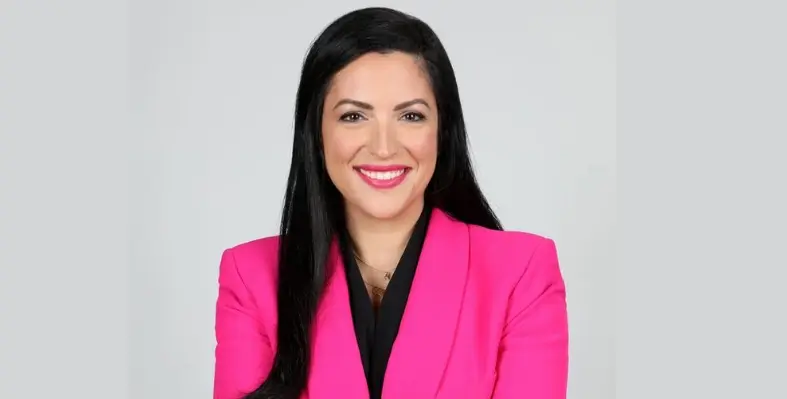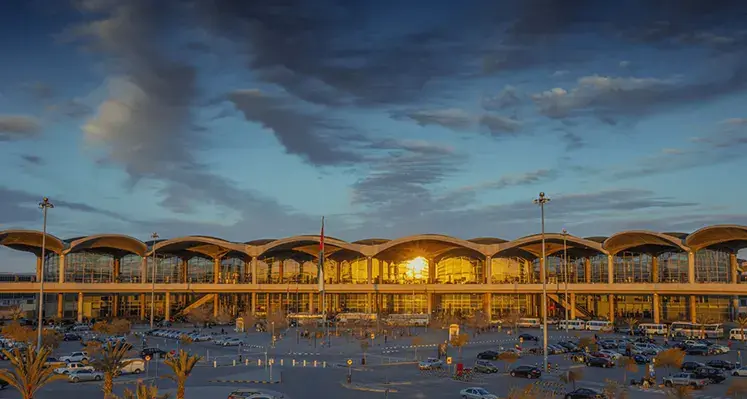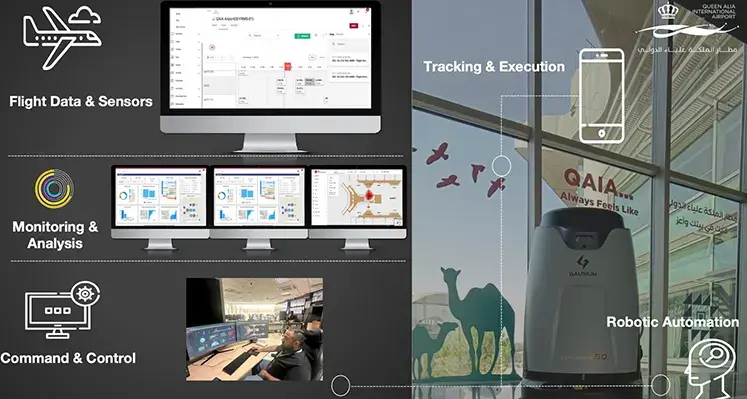In an era where artificial intelligence commands global attention, industrial giants like Emerson are redefining how businesses adapt, operate, and grow.
In a recent discussion, Emerson executives delved into their journey with industrial AI, particularly highlighting the transformative impact of acquiring Aspen Tech and the proactive embrace of AI in the Middle East.
Industrial AI, as Emerson’s vice president & general manager at Emerson for UAE, Oman, Yemen, and Lebanon, Widad Haddad explains, isn’t a new concept, although its potential has soared through technological advances and strategic alliances.
“If you look back, there’s a lot of technology that has been deployed and used in the past that is very similar to AI. It’s actually AI, but just not called AI,” Haddad reflects, referencing Emerson’s early use of advanced process control (APC).
The recent acquisition of Aspen Tech, an industry leader in advanced control systems and machine learning, has expanded Emerson’s AI capabilities, allowing for integrated solutions that enhance everything from field sensing to cloud-based analytics.
The tangible benefits of this shift are significant: greater operational efficiency, smarter decision-making, and rapid upskilling through digital twin technology.
“Redeployment of manpower is a huge advantage of AI, (as is) validation of information before decision making.
Decision making is done, is also a huge advantage of AI and also for education and training,” Haddad affirms.
She cites digital twin platforms (a blend of simulation and machine learning) which enable parallel workforce training even before a plant goes online, drastically reducing timelines and costs.
Crucially, Emerson’s AI journey isn’t just about technology, it’s about trust and meaningful business change.
Haddad notes, “The trust factor has to be there, right? We have to trust the technology to make sure we’re leveraging its power.” Mere adoption isn’t enough; success depends on rethinking workforce roles, processes, and trust in AI-driven insights.
Nowhere is the appetite for innovation more apparent than in the Middle East, says Haddad, with the UAE leading efforts to “go after things that they know will bring value towards their vision.”
Emerson’s regional footprint, from UAE headquarters to manufacturing in Saudi Arabia and a center of excellence in Qatar, enables the company to foster local talent, boost university partnerships, and ensure automation technology keeps pace with industry needs.
As industrial AI continues to reshape industries, Emerson’s story stands as a testament to the power of visionary leadership, regional innovation, and the drive to turn technology from buzzword to business advantage.











